By Christopher Miskimon
It was chiefly due to the courageous conduct of these men that communication with the hospital was kept up at all,” stated an article that appeared on the London Gazette on May 2, 1879. “Holding together at all costs a most dangerous post, raked in reverse by the enemy’s fire from the hill, they were both severely wounded, but their determined conduct enabled the patients to be withdrawn from the hospital, and when incapacitated by their wounds from fighting, they continued, as soon as their wounds had been dressed, to serve out ammunition to their comrades during the night.”
This newspaper account describes the actions of Corporal William Allen and Private Frederick Hitch of the 24th Regiment of Foot, later known as the South Wales Borderers, during the fighting at Rorke’s Drift in Natal, South Africa on January 22-23, 1879. Each fought with valor and determination against repeated Zulu attacks. There were many acts of bravery carried out during the battle. Eleven Victoria Crosses were awarded to participants. Ultimately, the garrison succeeded against the Zulu force, which withdrew after sustaining heavy casualties.
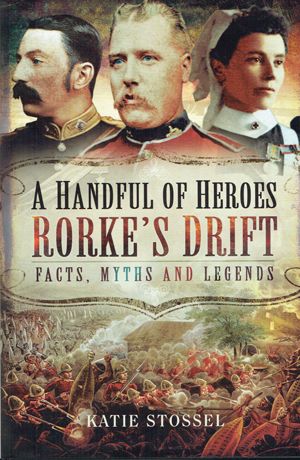
Corporal Allen took up a position against Zulu snipers firing from a nearby set of caves which overlooked the British position from 200 yards distance. A skilled rifleman, Allen soon reduced the Zulu rate of fire, but received a bullet wound to his right arm. Despite the injury he stayed at his post until he could be treated. After the battle he was sent back to Great Britain to recover from his wound, even though his wound never entirely healed. He received his Victoria Cross from Queen Victoria at Windsor Castle. He remained in the army as a sergeant where he taught musketry, but he died from influenza at age 46 in 1890.
Private Hitch had an equally important role at Rorke’s Drift. The commanding officer at the outpost, Lieutenant John Chard, placed Hitch on the thatched roof of the hospital building as a lookout.
The private was the first man to spot the approaching Zulus at the beginning of the battle. Next, he was sent to the hospital’s veranda to support the weakest part of the defenses. The ground sloped away drastically from the front of the hospital, but there had not been time to build up an adequate barrier. The improvised wall was only waist high. Bushes and scrub brush dotted the area in front of the wall, giving the Zulus concealment to approach within 15 feet of it.
The Zulus attacked this point with a charge, giving the British troops enough time to fire a volley but not enough to reload. The fighting there quickly came down to the bayonet and the assegai, a short Zulu spear good for thrusting and stabbing. Hitch recalled how one Zulu grabbed the end of his rifle and tried to disarm him. As they struggled for control of the weapon, Hitch was able to insert another cartridge into the rifle’s chamber and fire it. The bullet tore through the Zulu’s chest and knocked him off the barricade.
Hitch later fought side by side with his officer, Lieutenant Gonville Bromhead, until he was wounded in the shoulder. He isolated the wound with his waist belt and borrowed Bromhead’s revolver to continue the fight. He eventually passed out, but his comrades saw him again later, after his wound had been set, passing out ammunition to other soldiers. His act of bravery, and many other facts about the Battle of Rorke’s Drift, are found in A Handful of Heroes: Rorke’s Drift Facts, Myths and Legends (Katie Stossel, Pen and Sword Books, South Yorkshire UK, 2022, 201 pp., maps, photographs, appendices, notes, index, $26.95, softcover).
While the Battle of Rorke’s Drift is well-documented, recently some new letters and papers have come to light, expanding on the body of knowledge of this famous action. The author does creditable work in this new volume, taking advantage of the new material while expertly weaving it into the existing narrative, creating an interesting and engaging book.
The author also delves into the reliability of the existing evidence, in the desire to attain the most accurate possible account of one of the British Empire’s most famous battles. The text also examines little-known facets of the defense, such as how the outpost already had partially constructed field works before the Zulus arrived. Many readers likely are familiar with the Battle of Rorke’s Drift through the 1964 film Zulu. This book gives those people a far greater and more accurate understanding of the battle.
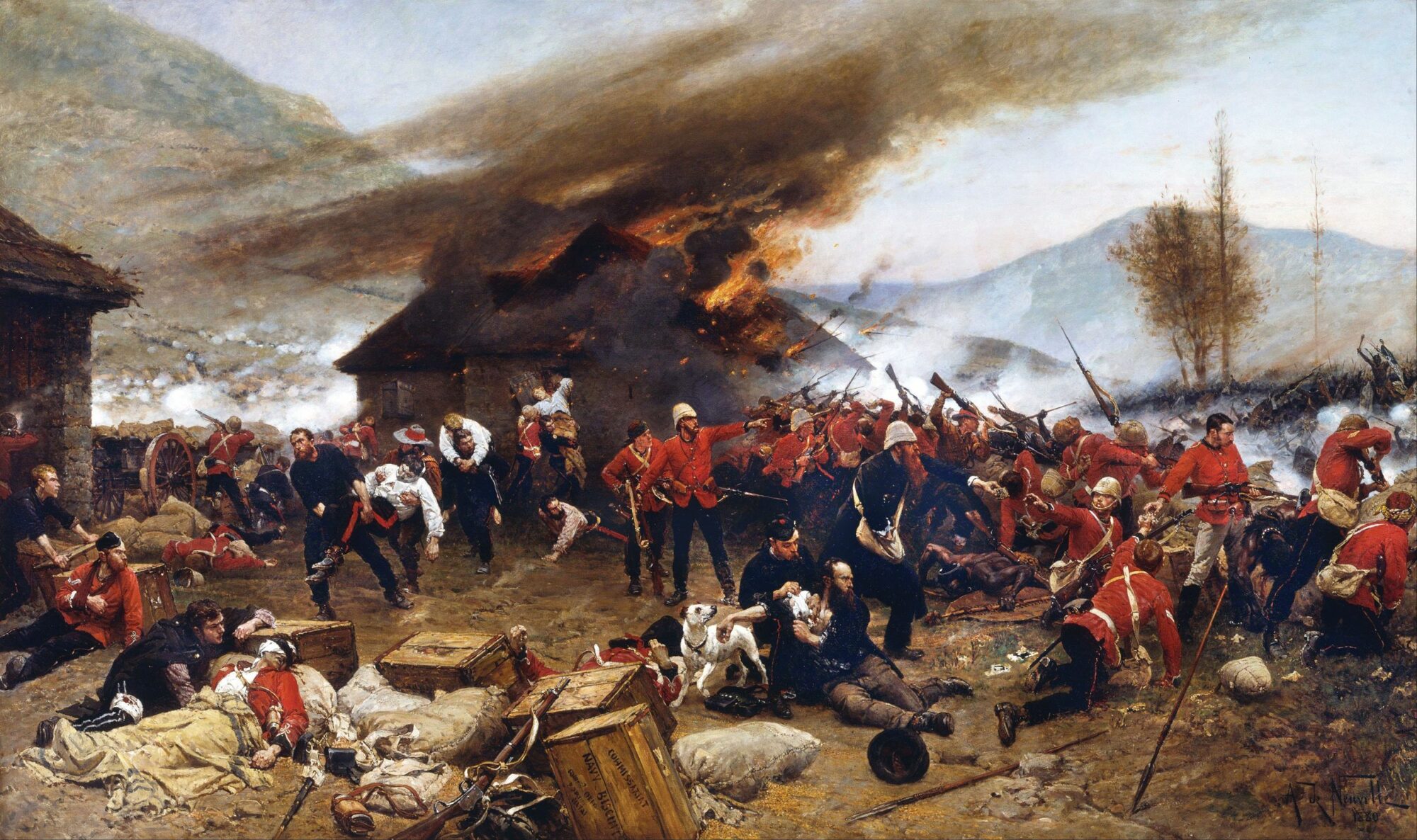
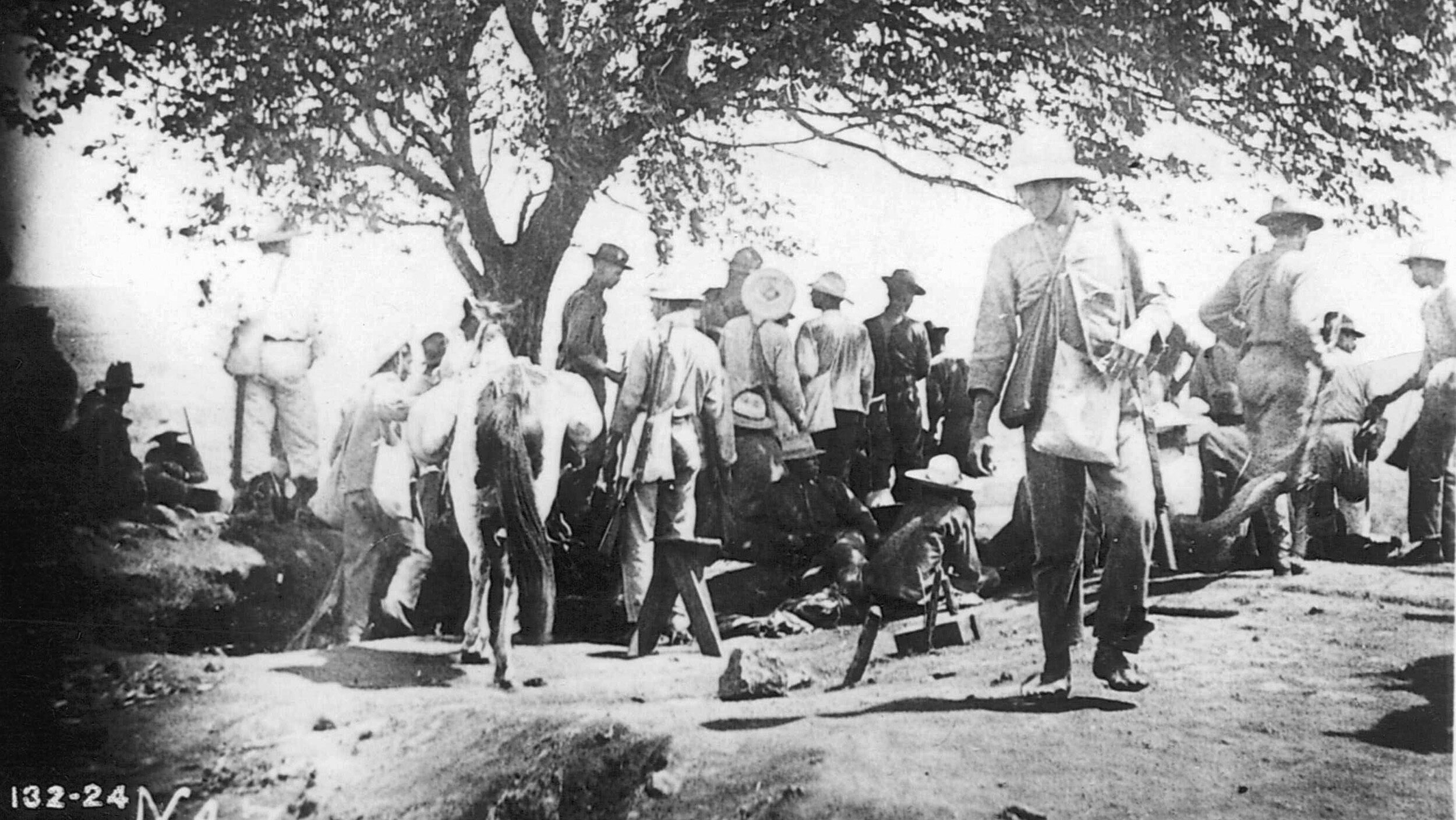
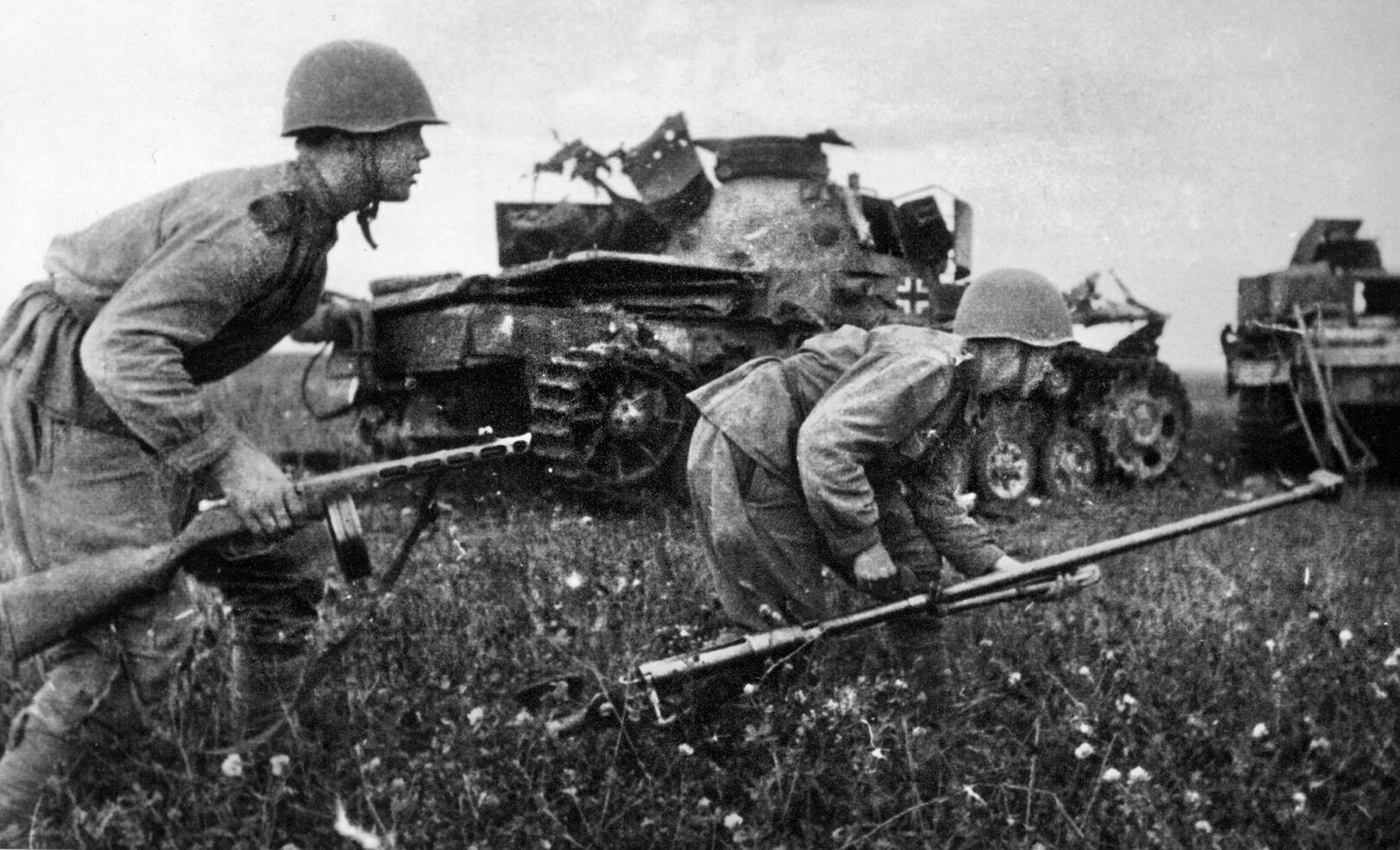
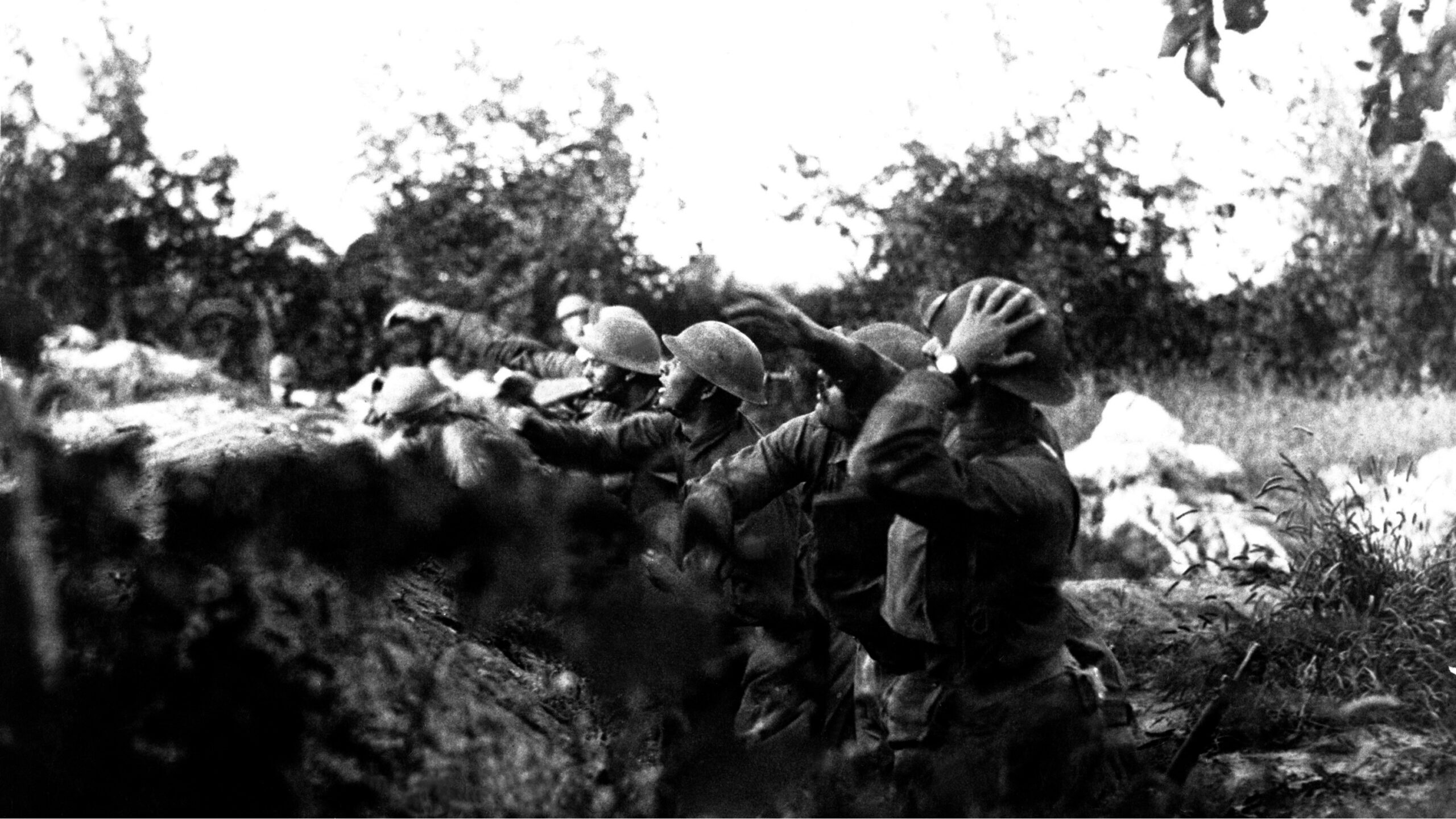
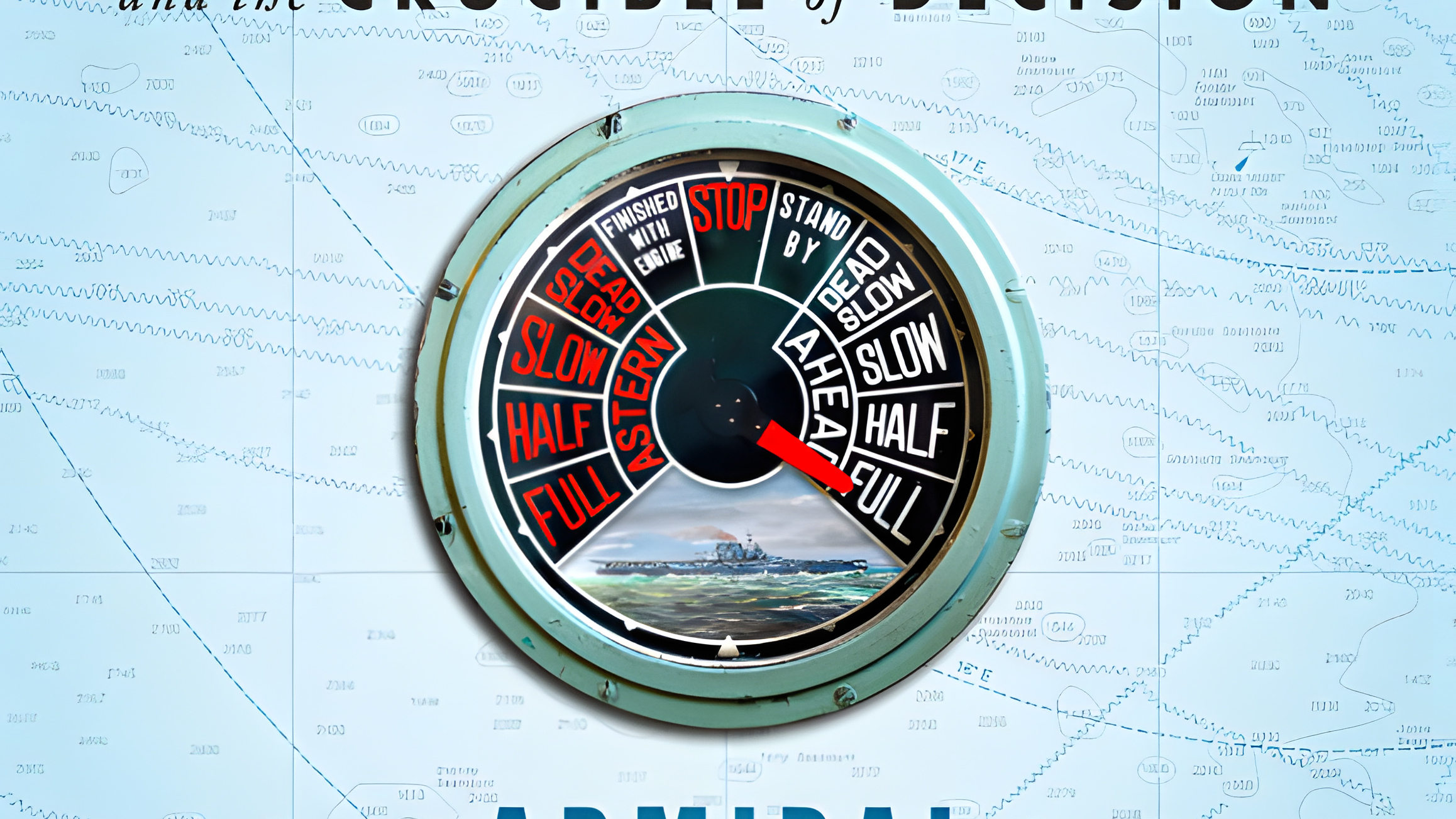
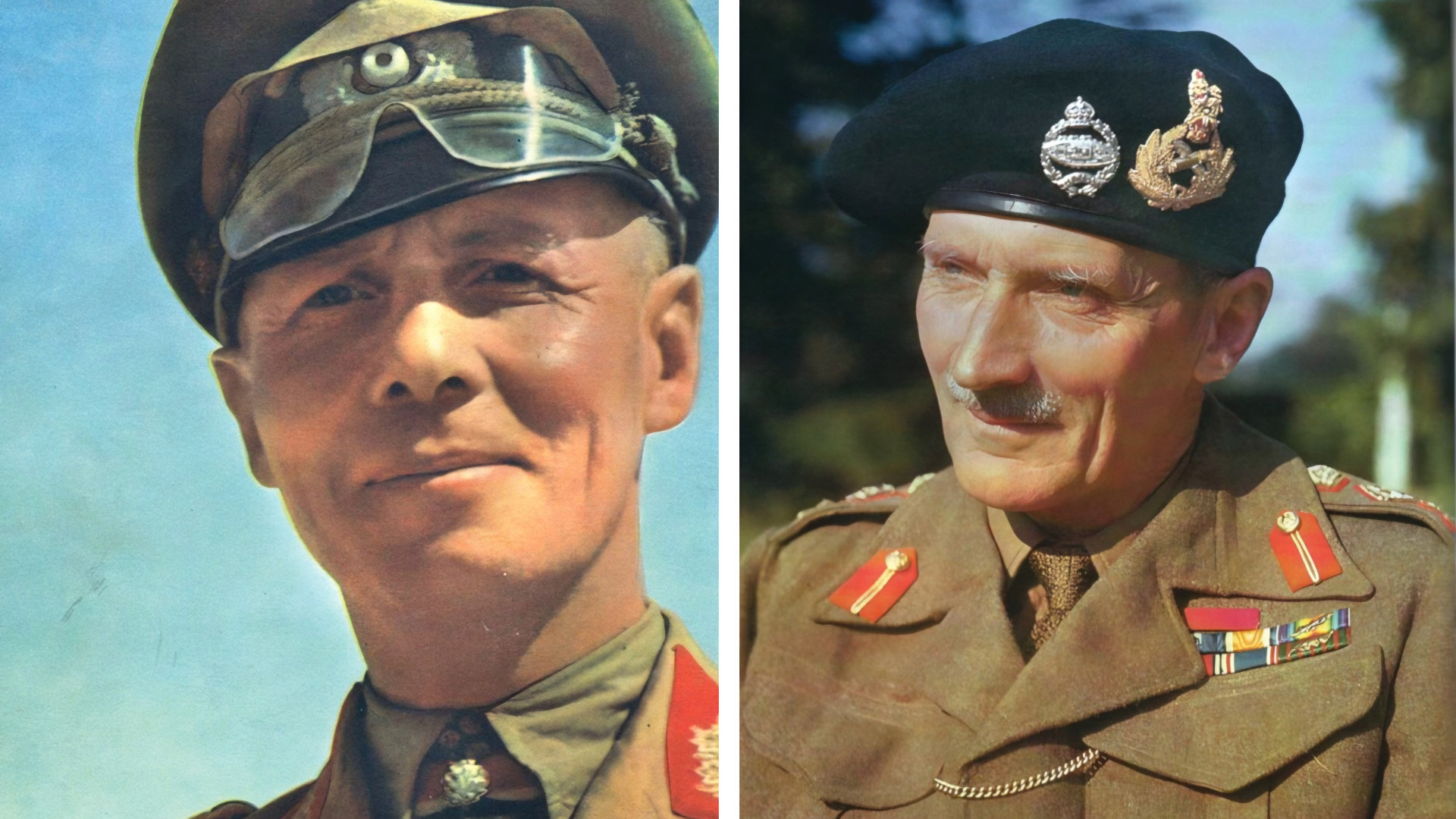
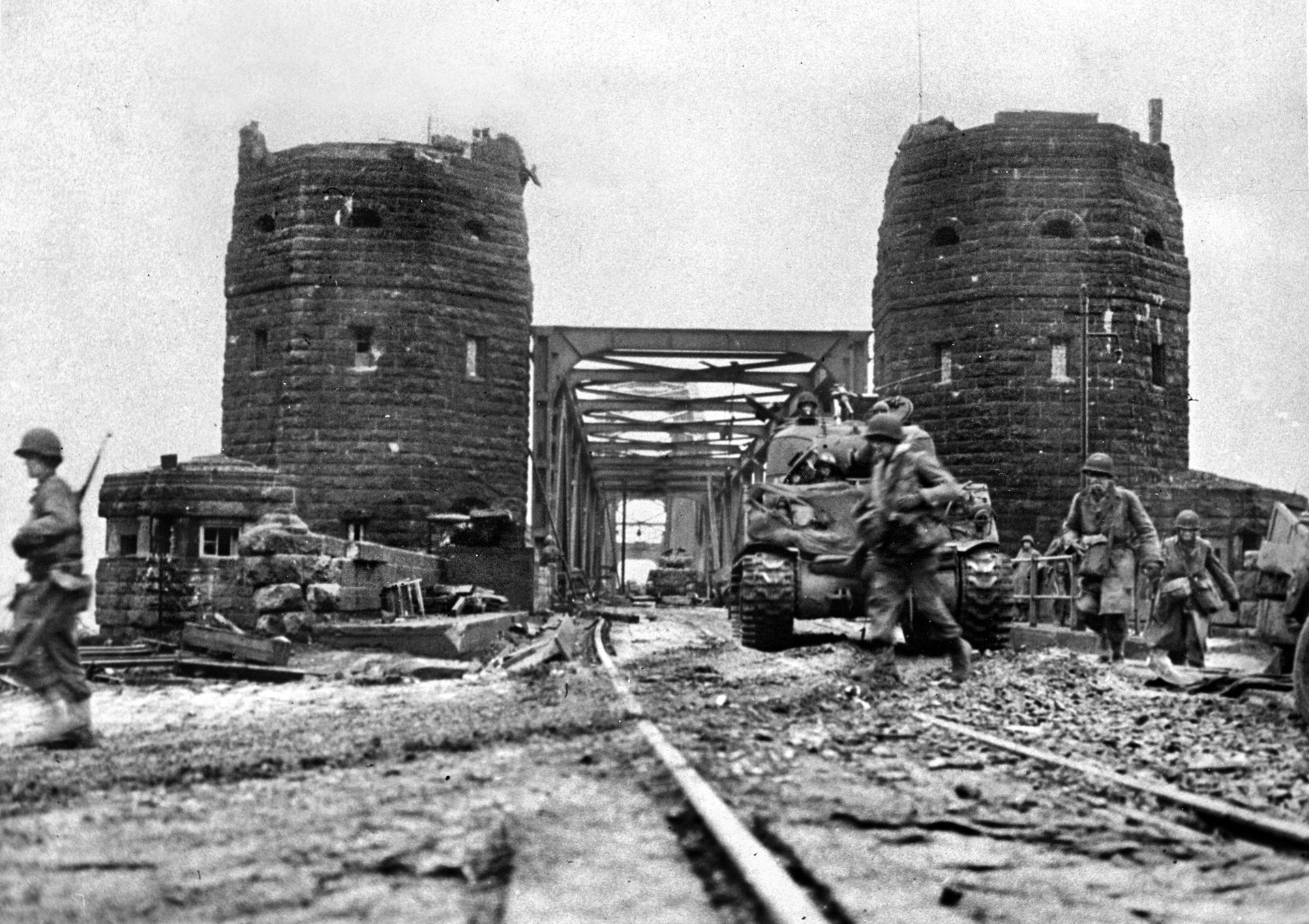
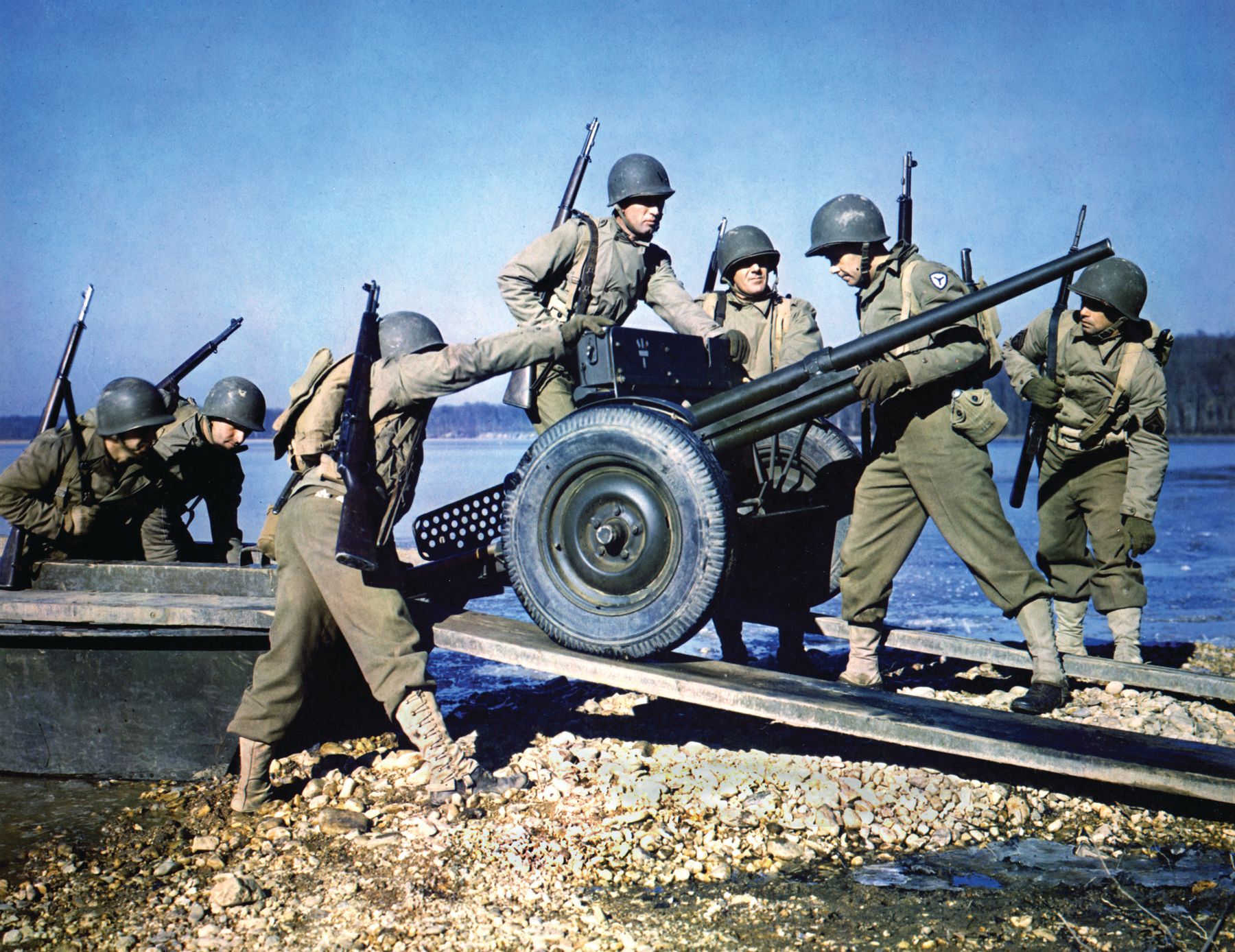
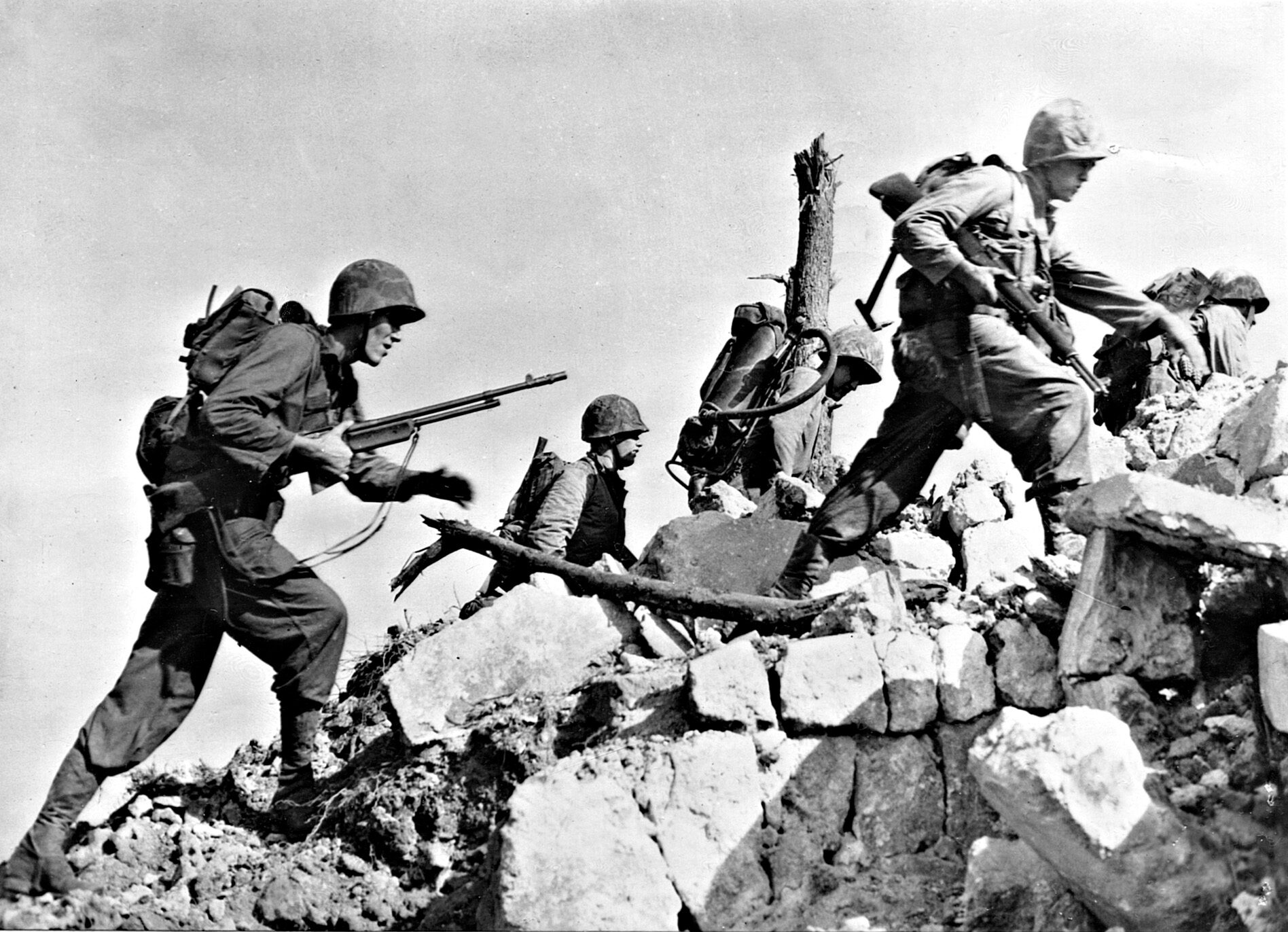
Join The Conversation
Comments
View All Comments